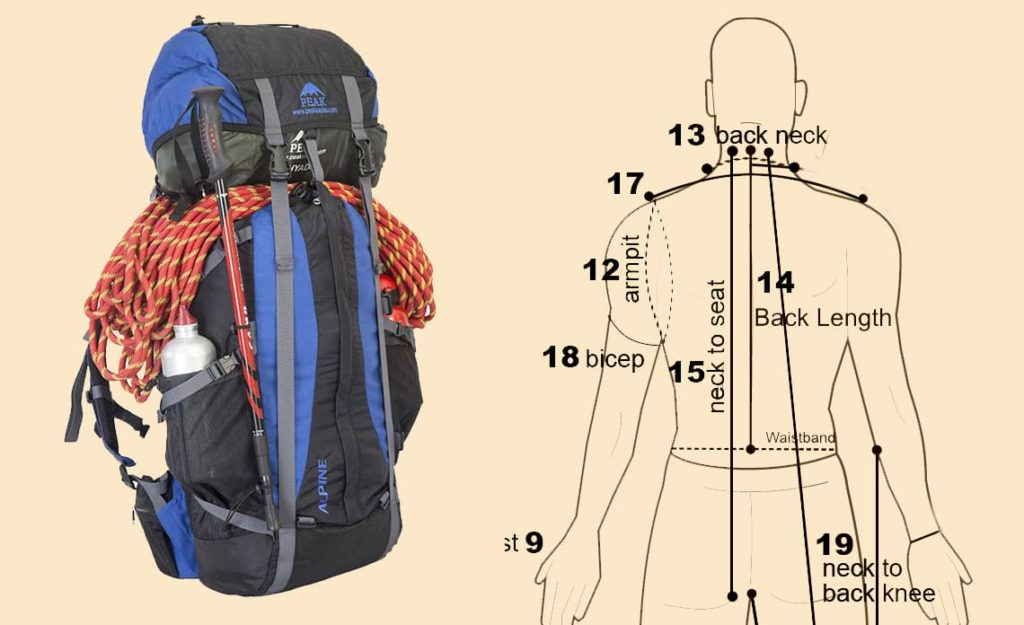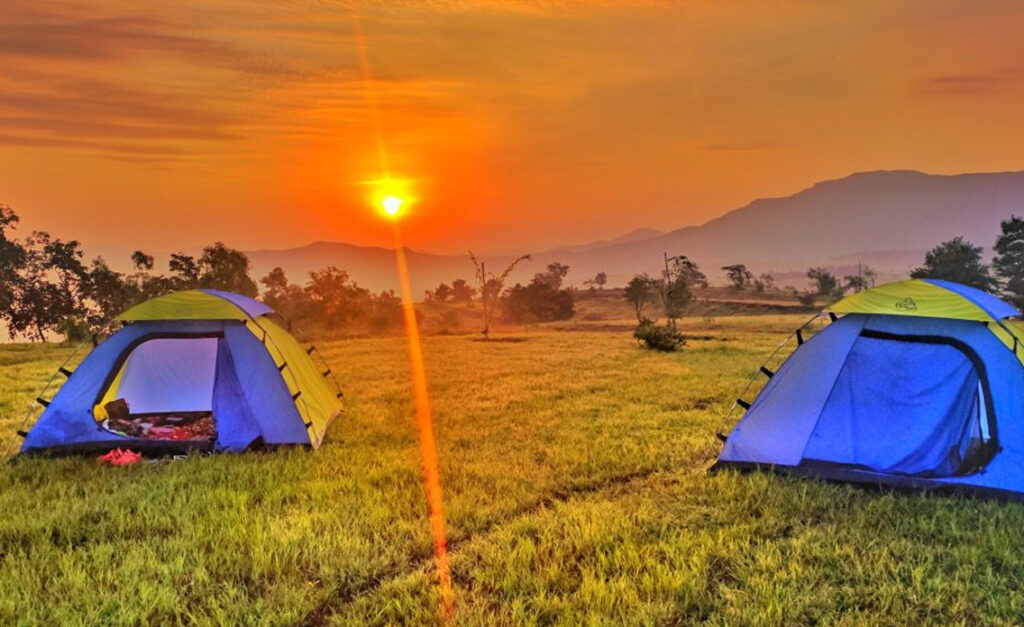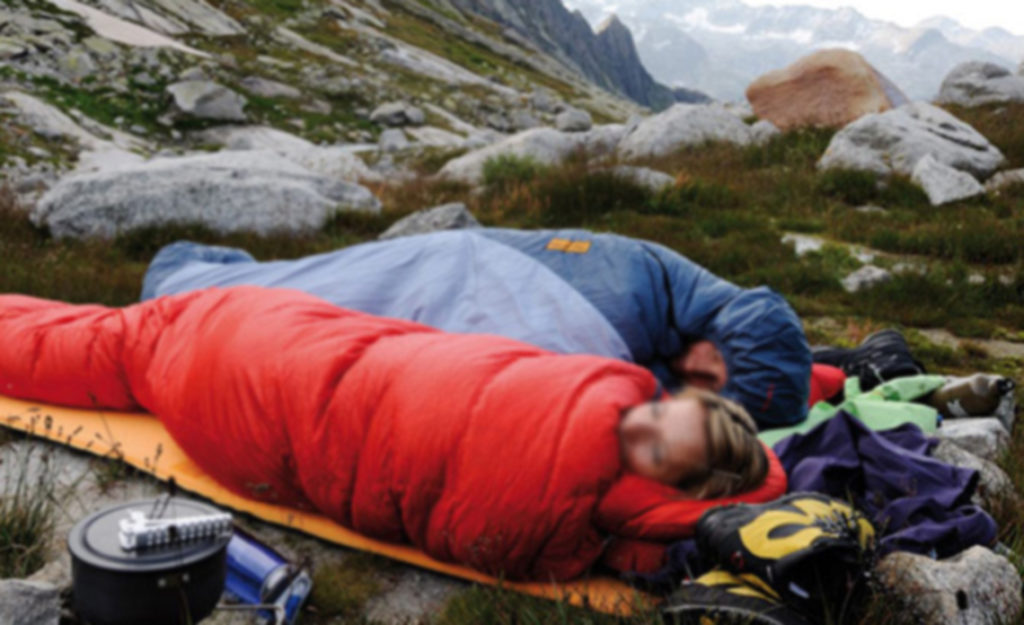It is vital to choose a trekking sack which best suits your need. A few simple tips may help in your decision.
Intended Activity
Below listed set of end use categories help in selecting the basic pack. So first decide what you need the sack for.
Is it for
- Mountaineering
- Trekking & Backpacking
- Day Trips
- Technical Climbing
- Skiing
- Traveling & Trekking. As per your activity, select your sack.
Duration of Trek
Choose the most appropriate sack depending on the number of days of your trek. It is always advisable to have some extra capacity instead of overstuffing the sack
- A sack less of less than 30 liters capacity is suitable for daytrips & overnights.
- A 30 – 50 ltrs. sack is appropriate for a few days trek.
- Larger sacks with capacity of more than 60 ltrs are used for expeditions and to carry heavy & bulky equipment for prolonged periods.
Trek Season & Location
- The bulk and amount of clothes that a trekker carries would vary seasonally.
- In Summer clothes are lighter and of course lesser.
- In Winter there would be more woolies adding to the bulk, thus requiring a bigger sack.
- In Sahyadris requirement of warm clothes and accessories is lesser than in the Himalayas.
Personal Belongings
- Volume of the sack also depends on what you are carrying.
- If you are carrying rations and consumables for the entire duration of your trek you may require a sack with a bigger volume.
- If you are only carrying clothes a regular sack would suffice.
- If you like to see yourself as an ultralight carrier who carries the bare minimum you can make do with a smaller sack.
Back System
The back system of a trekking bag is a crucial factor while choosing your backpack.
- Built-in-Aluminium Frame
- This comprises of 2 specially moulded internal aluminium stays that provide rigidity and immense back support.
- Sacks with a built-in-frame are ideal for long treks designed to comfortably carry heavy loads and volumes while trekking or mountaineering.
2. Soft Cushioned Back
- This system with foam padded back support is suitable for small trekking bags.
- Soft back haversacks are light in weight, comfortable and suitable for carrying light to medium loads on day trips or short treks.
3. Aerobak System
- The concave and flexible X frame maintains a gap between your back and the sack.
- This allows your back to breathe freely with maximum air flow, minimising sweating
- Designed to carry light and heavy weights with enhanced ventilation system and carrying comfort.
Packing a Haversack.
- Heavy gear like your food and water should be towards the back, close to your spinal cord for maintaining centre of gravity and proper balance so sack does not pull you back.
- Light weight gear like clothes can be away from the back and around the heavy gear.
- Items that you require frequently should be on top and easily accessible.
- Less used items go at the bottom. e.g. your Sleeping Bag that you will only require at the end of the day.
- Waist Belt should be properly fastened on the waist and not on stomach.
- After packing tighten all compression straps to remove dead space from the sack. This ensures that Weight of the sack shifts closer to the body and there is no uncomfortable load shifting.
- Top tension straps should ideally be at a 45 degree angle for maximum comfort.





